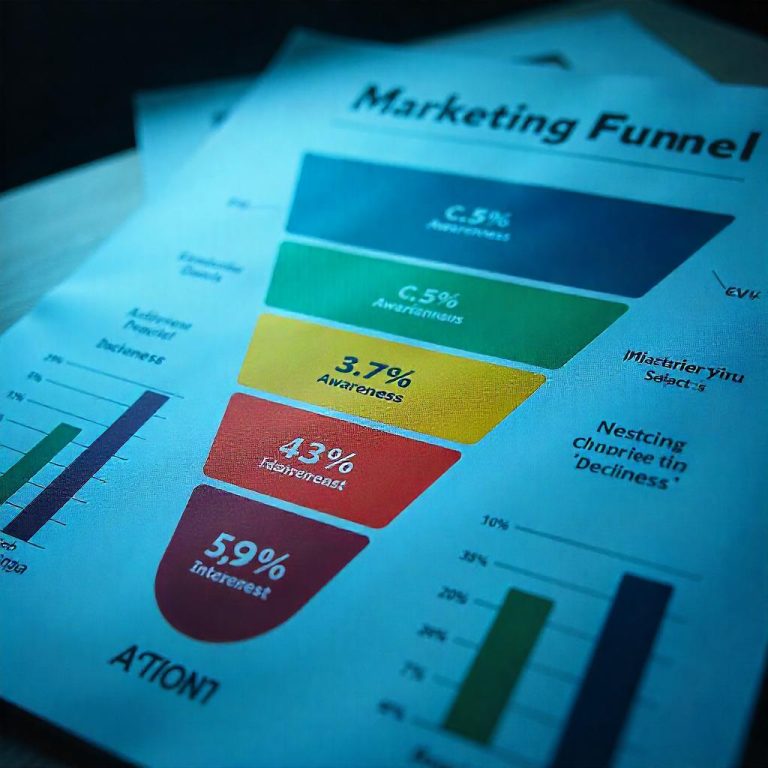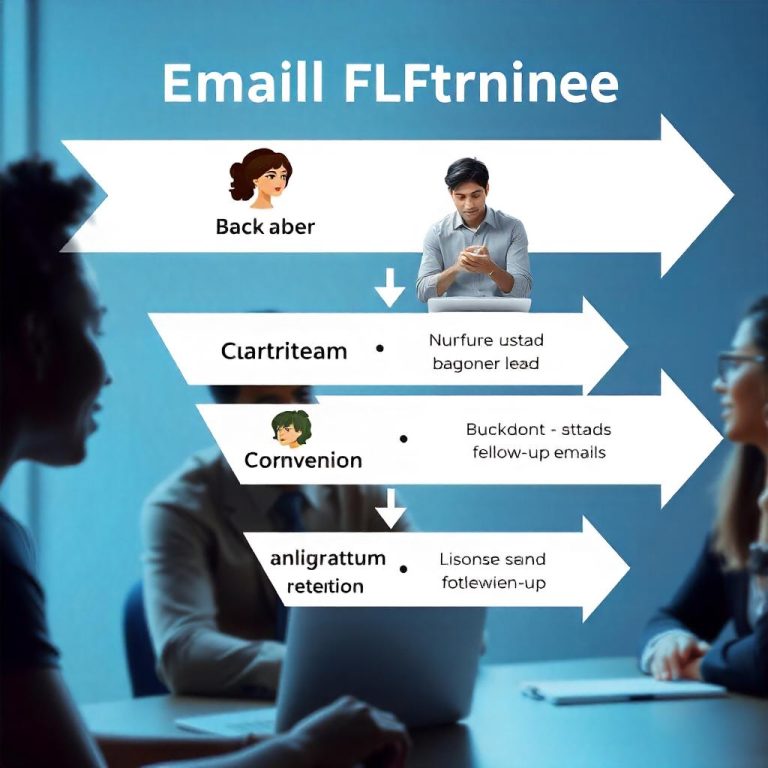Understanding Search Intent
Search intent, also known as user intent, refers to the purpose behind a user’s query when they use a search engine. It’s the “why” behind the search—the reason the user is seeking information. Understanding search intent is crucial for businesses, marketers, and content creators because it allows them to deliver content that aligns with what users are actually looking for, improving search engine rankings, engagement, and conversions.
Types of Search Intent
There are four main types of search intent:
Learn How To Earn Money With Affiliate Marketing
1. Informational Intent
Users with informational intent are seeking knowledge or answers to specific questions. These searches are usually not tied to buying decisions but are more about learning or understanding a topic.
- Examples of Informational Queries:
- “What is digital marketing?”
- “How to bake a cake”
- “Current weather in New York”
- Best Content for Informational Intent:
- Blog posts
- How-to guides
- Tutorials
- Explainer videos
- FAQ pages
2. Navigational Intent
Users with navigational intent already know what they’re looking for but need help finding a specific website or page. These searches often include brand or product names.
- Examples of Navigational Queries:
- “Facebook login”
- “YouTube homepage”
- “Nike official website”
- Best Content for Navigational Intent:
- Homepage or landing pages
- Well-structured site navigation
- Brand-focused pages
3. Transactional Intent
Users with transactional intent are ready to take a specific action, such as making a purchase, signing up for a service, or downloading an app. These queries often include action-oriented keywords like “buy,” “order,” or “download.”
Learn How To Boost Your Sales Online
- Examples of Transactional Queries:
- “Buy iPhone 15 online”
- “Cheap hotels in London”
- “Download Grammarly premium”
- Best Content for Transactional Intent:
- Product pages
- Pricing and comparison pages
- Call-to-action (CTA)-focused landing pages
- E-commerce checkout processes
4. Commercial Investigation Intent
Users with commercial investigation intent are researching products or services before making a purchase decision. These searches often involve comparisons, reviews, and detailed product information.
- Examples of Commercial Investigation Queries:
- “Best smartphones under $500”
- “Grammarly vs. ProWritingAid”
- “Reviews of Tesla Model 3”
- Best Content for Commercial Investigation Intent:
- Comparison articles
- Reviews and testimonials
- Case studies
- Buyer’s guides
How to Make Money as a Fashion Affiliate Marketer
Why Search Intent Matters
1. Improves SEO Performance
Search engines prioritize delivering the most relevant results for a user’s query. Aligning your content with search intent helps improve rankings, visibility, and click-through rates (CTR).
2. Enhances User Experience
By understanding what users are looking for, you can provide them with the most appropriate content, making their experience seamless and satisfying.
3. Boosts Conversions
Meeting the exact needs of users increases the likelihood of achieving your marketing goals, whether it’s making a sale, gaining a lead, or increasing engagement.
4. Reduces Bounce Rate
Content that matches search intent keeps users on your site longer, reducing bounce rates and signaling to search engines that your page is valuable.
How to Identify Search Intent
1. Analyze Keywords
Certain keywords and phrases can indicate specific search intent. For example:
- Informational: “What,” “how,” “why”
- Transactional: “Buy,” “order,” “download”
- Commercial investigation: “Best,” “reviews,” “vs.”
2. Look at SERP Features
Search engine results pages (SERPs) often reveal the intent behind a query. For example:
Make Money in 7 Days as an Entertainment Blogger and Affiliate Marketer – The Easy Way!
- Informational: Featured snippets, knowledge panels, or “People Also Ask” sections.
- Transactional: Product ads, shopping carousels, or direct CTAs.
- Navigational: Direct links to brand websites or social media pages.
3. Study Competitors
Analyze top-ranking pages for your target keywords to see how competitors are addressing search intent.
4. Use Search Query Data
Tools like Google Analytics and Google Search Console can help identify what types of queries drive traffic to your site and whether they align with your content.
Creating Content for Different Intents
- Informational Content: Focus on detailed, easy-to-read, and visually appealing formats like blogs, videos, and infographics.
- Navigational Content: Ensure your brand’s pages are well-optimized for navigational searches, including clear meta titles and descriptions.
- Transactional Content: Design pages with clear CTAs, concise product descriptions, and easy checkout processes.
- Commercial Investigation Content: Offer unbiased comparisons, in-depth reviews, and user testimonials to aid decision-making.







